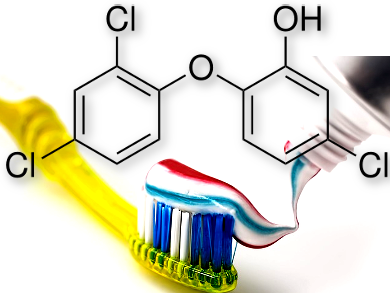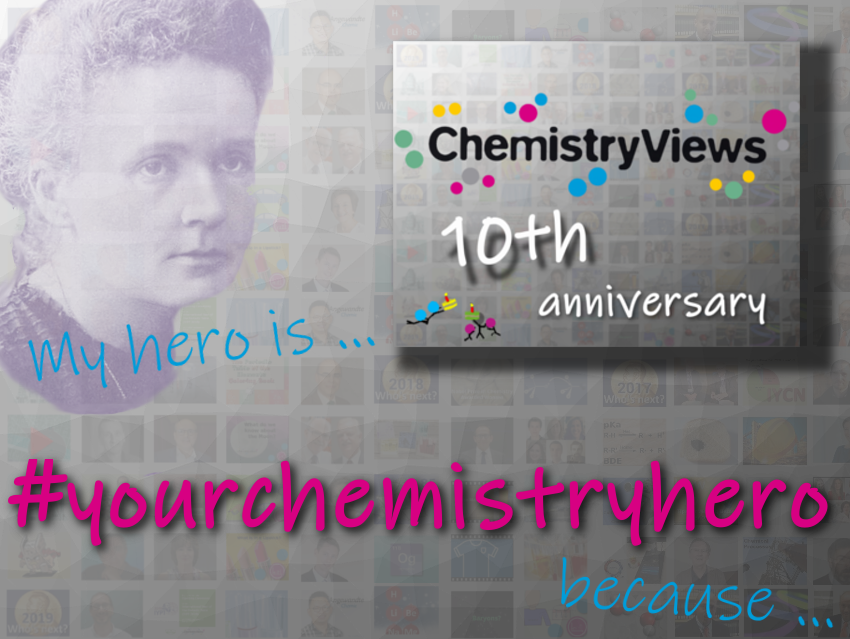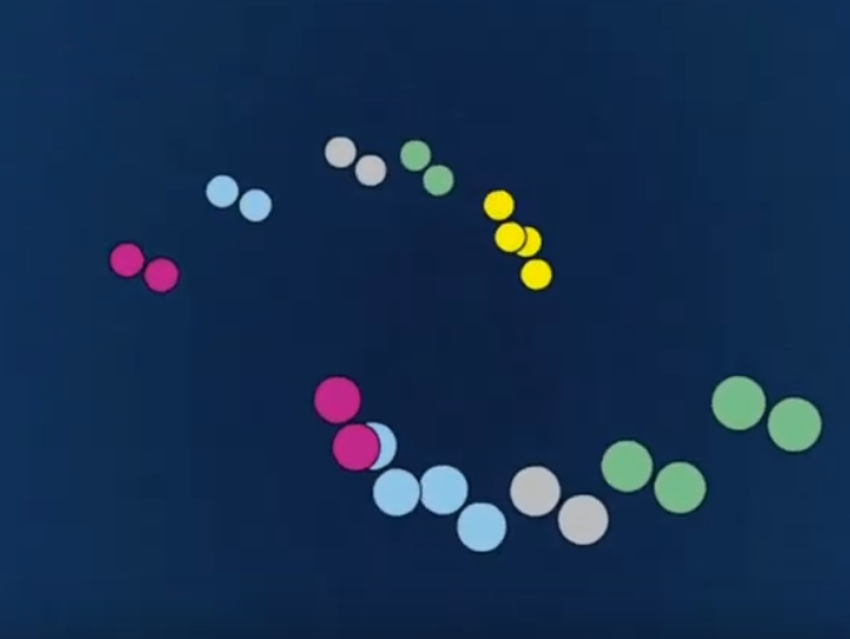Ji Han and Baoshan Xing, University of Massachusetts, Amherst, MS, USA, and colleagues have found that triclosan, a broad-spectrum antimicrobial, can accumulate in the toothbrush during brushing and is then uncontrolled released. For their study, the researchers had a robot simulate three-month brushing with 22 different manual toothbrushes and six triclosan-containing kinds of toothpaste.
Particularly soft bristles can store up to the twelfth of the dose normally contained in the toothpaste. After switching to a toothpaste without triclosan absorbed triclosan was gradually released into toothpaste slurries and the oral cavity. During the first two to three days of brushing, the toothbrush gave even higher doses of triclosan into the liquid than when brushing with triclosan-containing toothpastes. It occurred most rapidly in peroxide-containing “whitening” toothpastes, followed by alkaline and surfactant-rich toothpastes. While the active ingredient in the triclosan-containing toothpastes is largely bound to particles and thus immobilized, the free-dissolved form from the toothbrush is more bioavailable.
In animal experiments, triclosan triggered liver damage and cancer as well as muscle weakness, and it can also promote antibiotic resistance in bacteria. Overall, the triclosan exposure through this enrichment and release does not exceed the usual limit values. However, researchers see this as a hidden source of uncontrolled exposure.
- Nylon Bristles and Elastomers Retain Centigram Levels of Triclosan and Other Chemicals from Toothpastes: Accumulation and Uncontrolled Release,
Jie Han, Wei Qiu, Elizabeth C. Campbell, Jason C. White, Baoshan Xing
Environ. Sci. Technol. 2017.
https://doi.org/10.1021/acs.est.7b02839




